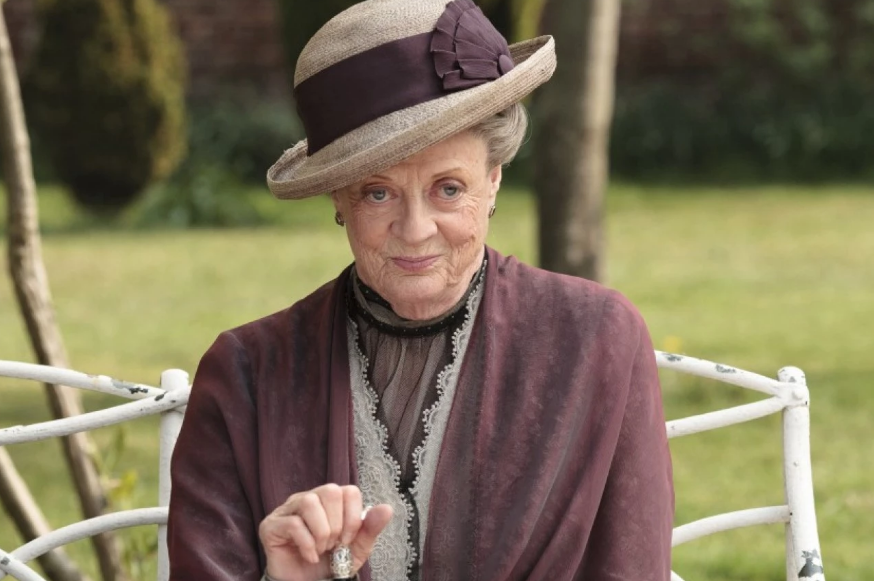Hollywood has an age problem. This is an easily observable fact, but new research reveals just how bad the problem is. In a new study released by the Media, Diversity and Social Change Initiative at the University of Southern California’s Annenberg School for Communication and Journalism, it was found that only 11 percent of about 4,066 speaking characters in the 100 top U.S. films of 2015 were 60 or older and only 10 roles considered leads or co-leads were held by actors 60 or older.
“We see not just a skewing but an erasure of these really vibrant communities in the United States,” said USC professor Dr. Stacy Smith, who led the research.
As Yahoo! News details, “The dichotomy was starkest for women: Only 27 percent of older characters in the films were female. Among lead roles, only three of 10 with older actors were women (Meryl Streep, Helen Mirren, and Lin Shaye). This is despite the fact that women outlive men and constitute a larger segment of U.S. seniors. The Census Bureau estimates 18.5 percent of the U.S. population is 60 or older.”
“Seniors on screen are an endangered species in cinematic storytelling,” the report writes, and, when older people are represented, they are often the butt of ageist jokes. As Yahoo! News summarizes, “More than half of films with a leading or supporting senior character included dialogue the researchers deemed ageist, everything from, ‘That senior bus was running late, huh?’ to, ‘You are nothing but a relic from a deleted timeline.’ Meantime, only about 29 percent of leading or supporting senior characters were shown engaging with computers, cellphones, or other types of technology.”
Smith remarked that ageism seemed to be given a pass in pop culture, saying “This is an area that people don’t seem to be as concerned.”
The Washington Post also noted that there is a more strict cut-off date for women on screen. “‘The sell-by date, as we know, for women on screen is 40,’ [Smith] pointed out. ‘My hunch is that the Judi Denches, the Maggie Smiths, are pushing the same stories and getting work often, which is fantastic, but it is a narrow view.’ She also cited Kevin Costner and Liam Neeson, both of whom appeared in two films in 2015, as examples of ‘a rinse-and-repeat … with the same actors in powerful roles.’”
So in addition to the lack of women and minorities represented on screen, Hollywood also excludes a good portion of the world’s population: those over the age of 60. The world is not made up of people who are under 40 and extremely conventionally good looking, though by watching movies and TV, you wouldn’t know it. It’s a shame that our elders are shut out of representation on screen, and it’s a problem that needs to be addressed.






